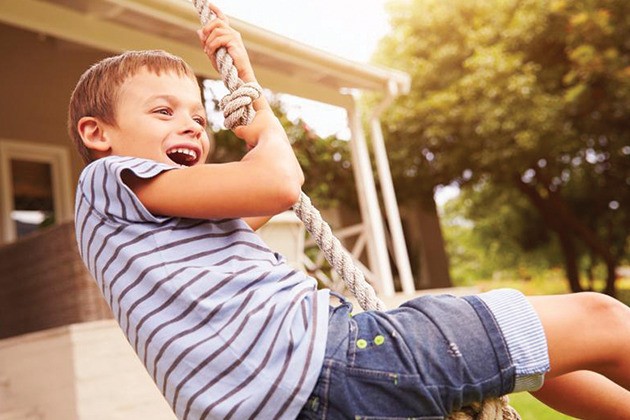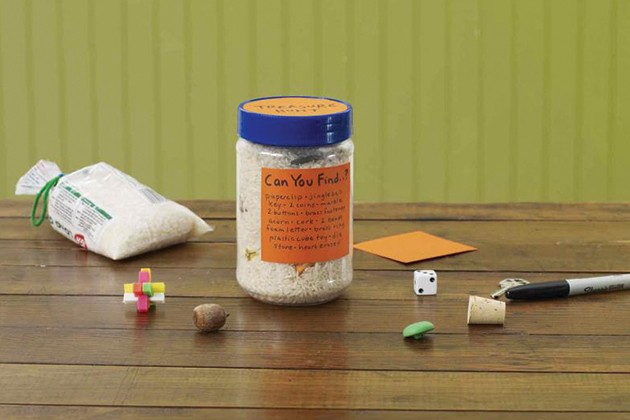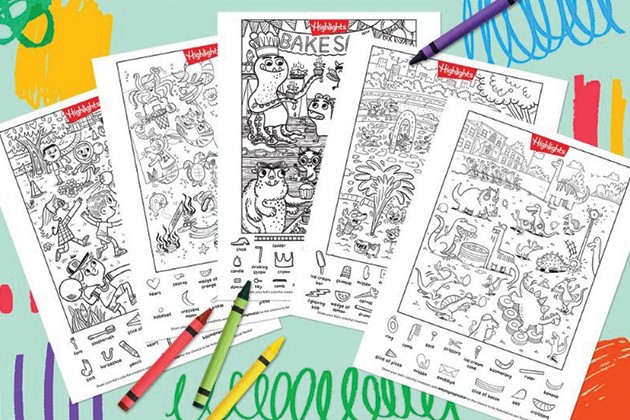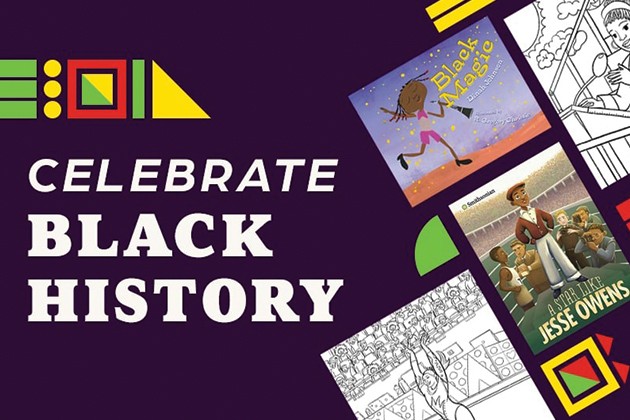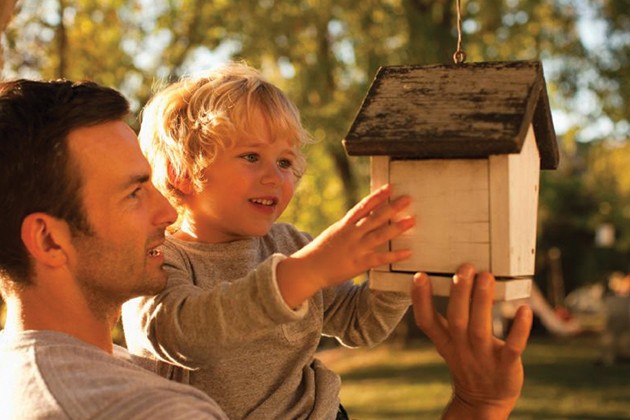6 Ways to Help Your Child Master The Art of Small Talk
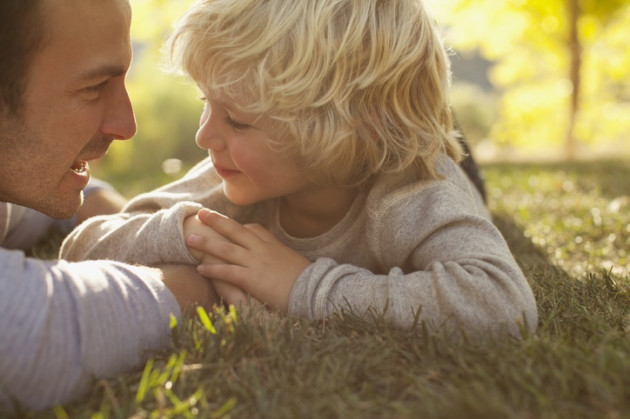
Small talk is a big deal. Although we usually dismiss small talk as chatter about topics that seem unimportant, kids need to know how to strike up, and hold, a conversation with you, friends, family and teachers, as well as bosses and colleagues down the road.
Being able to enter and stay engaged in everyday talk requires patience, the ability to listen, the creativity to think on your feet and the confidence to speak your mind.
To foster good habits, you’ll need to spend time with your child, sharing ideas, talking often and reinforcing etiquette, such as active listening and not interrupting.
Try these tips to take small talk with your kid to the next level and to help your child become a master conversationalist.
1. Crack open board and card games.
Taking turns is a huge part of successful communication, and games such as checkers, Crazy Eights, Go Fish and board games help kids practice skills they need for dynamic conversation. Plus, games can provide you and your kid conversational fodder, for instance, when you ask, “What’s your favorite Monopoly token?” or “Why do you like it?” or “Which path should you choose in this game?” Be sure to follow up with another question (or two or three) to keep the conversation going.
2. Create a story, one word at a time.
In the car or while waiting in line, make up a story together. Each author adds just one word to the narrative, so you work together to build your tale; no one person should monopolize the conversation. It’s fun to see how a single noun or verb can change the direction of your shared story. Of course, sometimes you just need to say “the” or “it” and trust that your contribution is still valuable because it keeps the story moving.
3. Encourage table talk.
Family meals are a perfect venue for engaging conversation. At dinner, work your way around the table and encourage each speaker to share something good, bad or funny that happened that day, and then circle around again until each member reveals something good, bad and funny. Another option: Purchase a deck of cards with dinner-table questions, create your own cards or use The Highlights Book of How for conversation starters. Stash the prompts in a bowl or basket on the kitchen table and pluck out one at a time to ponder while dining.
4. Play the “last word first” game.
Think of this skill builder as an improvisational challenge. Here, the point is to respond to your child’s statements by turning the last word in your child’s sentence into the first word in yours, like this:
Kid: “My favorite color is purple.”
You: “Purple ponies grow in the spring.”
Kid: “Spring brings rain and pretty flowers.”
You: “Flowers and sunshine make me happy.”
This can be tough to do, but it’s worth it. It’s creative and it requires careful listening. But kids must pay close attention to every word their chat partner uses and avoid jumping in to take a turn until the speaker is finished.
5. Tap into your kid’s inner actor.
Older and younger kids can benefit from dramatic play; it helps develop important communication skills while encouraging children to practice empathy. Role-play opportunities include everything from having a pretend conversation with a pet to filming a goofy video to putting on a puppet show for friends and family. All these options encourage kids to develop a strong and confident voice while they improve listening and master the art of conversation.
6. Model active listening.
Your child will master the skill of active listening when you repeat back what your child has said to make sure it was heard and understood correctly. Take turns assuming the role of polite listener and engaged speaker as you ask interesting questions and stay on point in the discussion.
Our award-winning magazines for kids deliver a monthly dose of encouragement, keeping kids of every age inspired and challenged. Children’s magazines are great for helping them learn and grow, and kids magazines from Highlights are there for you.

